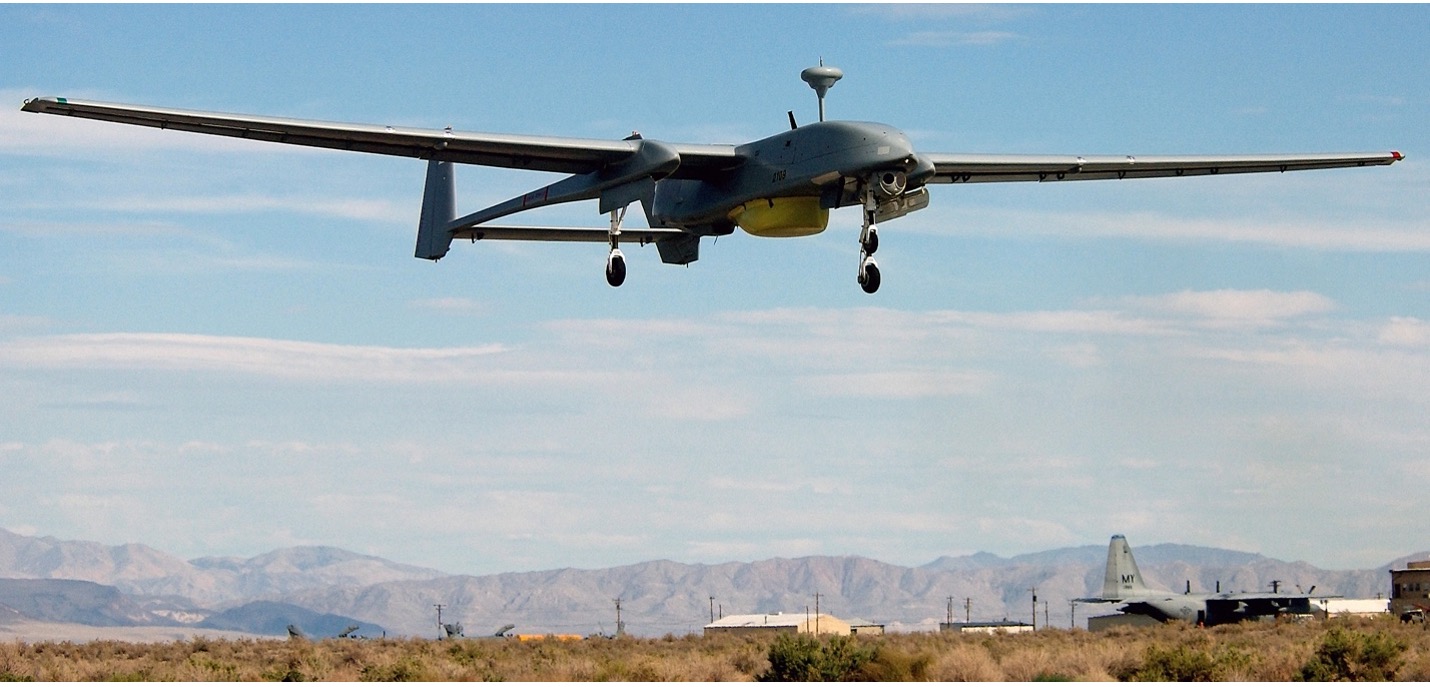By Karl Canby
On the second day of August 2022, President Joseph R. Biden ordered the killing of Ayman al-Zawahiri in the Afghani capital city of Kabul.[1] Zawahiri, an Egyptian National, had sat atop of the Federal Bureau of Investigation’s list of most wanted terrorist for his role in the murder of almost 3,000 people in New York City on September 11, 2001.[2] He had been Osama bin Laden’s deputy and eventual successor as the leader of the al-Qaida terrorist organization.[3] However, unlike his predecessor, Zawahiri’s death was not the result of a night insertion by United States Special Forces personnel.[4] Instead, Zawahiri was eliminated with surgical precision by two AGM-114 Hellfire missiles fired from a General Atomics MQ-9 Reaper drone.[5] His death culminated not only 20 years of US Military Operations against global terror but signified the result of two decades of policy change intended to revolutionize the future of warfare carried out by Unmanned Aerial Vehicles (“UAV”).
Increased military drone strikes have fundamentally challenged the international rule of law.[6] Their ambiguous legal nature has increasingly damaged the lines of what violence is acceptable from a state-to-state legal perspective.[7] Nations keen on riding this new wave of global confusion have subtly shifted their domestic policy to reflect their desire to utilize this gap in the commonly understood rules of war.[8] Where a Head of State may have had no choice but to react to violence in the past, they now have the option to qualify or challenge the legality of a drone strike on the global stage.
Look no further than the assassination of Iranian Major General Qassem Soleimani in Baghdad, Iraq, on January 2, 2020.[9] In a move heavily questioned by the international community, US President Donald J. Trump ordered Soleimani’s death through the use of a drone strike.[10] What makes this act so complex from an international legal perspective is the number of entities that it affected. Soleimani was an Iranian General visiting the sovereign nation of Iraq and was killed by a drone strike from a country that was not at war with either. Before the advent of the UAV, the physical nature required to commit such assassination would have clearly violated international rule of law. Both Iran and Iraq would have had a strong legal foundation to retaliate against the United States.[11] Instead, the legal ambiguity of the drone strike gave the United States a way to circumvent accountability while simultaneously preventing Iran and Iraq from seeking legal recourse.[12]
Most recently, the Russian invasion of Ukraine has once again called into question the legal trajectory of the use of drones in combat.[13] Heavy usage by both sides has highlighted the effects that unmanned vehicles have on the battlefield.[14] A particularly alarming issue is the modification and deployment of commercial drones in Ukraine.[15] These products are easily purchased through traditional vendors, which calls into question how insurgents and terrorist groups could use them in the future. As this conflict continues, nations across the globe must ask themselves the difficult question of how they will prepare for the inevitable increase in UAV use in conflicts moving forward. The complicated and intricate international legal system will need to prepare for this increasingly dangerous threat to world peace.
[1] Jim Garamone, U.S. Drone Strike Kills al-Qaida Leader in Kabul, U.S. Department of Defense (Aug. 2, 2022), https://www.defense.gov/News/News-Stories/Article/Article/3114362/us-drone-strike-kills-al-qaida-leader-in-kabul/
[2] Id.
[3] Id.
[4] See generally Kris Osborn & Ho Lin, The Operation that Took Out Osama Bin Laden, Military.com (2022), https://www.military.com/history/osama-bin-laden-operation-neptune-spear (an in-depth explanation of the military operation that resulted in the death of Osama Bin Laden).
[5] Garamone, supra note 1.
[6] Rosa Brooks, Drones and the International Rule of Law, 28 Ethics & Int’l Aff. 83 (2014).
[7] Id.
[8] See Generally American Security Drone Act of 2021, S.73, 117th Cong. (1st Sess. 2021) (An example of United States legislation moving in favor of UAVs).
[9] Michael Crowley et al., U.S. Strike in Iraq Kills Qassim Suleimani, Commander of Iranian Forces, The New York Times (Jan. 2, 2020), https://www.nytimes.com/2020/01/02/world/middleeast/qassem-soleimani-iraq-iran-attack.html.
[10] Id.
[11] See Generally Michael N. Schmitt, Assassination in the Law of War, Liber Institute (Oct. 15, 2021) https://lieber.westpoint.edu/assassination-law-of-war/ (An overview of the legality of assassinations carried out by the military).
[12] Id.
[13] Elias Yousif, Drone Warfare in Ukraine: Understanding the Landscape, Stimson (June 30, 2022) https://www.stimson.org/2022/drone-warfare-in-ukraine-understanding-the-landscape/.
[14] Id.
[15] Ukraine Conflict: How are drones being used? BBC (Aug. 2022) https://www.bbc.com/news/world-62225830.

Image Source: https://www.goodfreephotos.com/weapons/aircraft/heron-1-drone-UAV.jpg.php